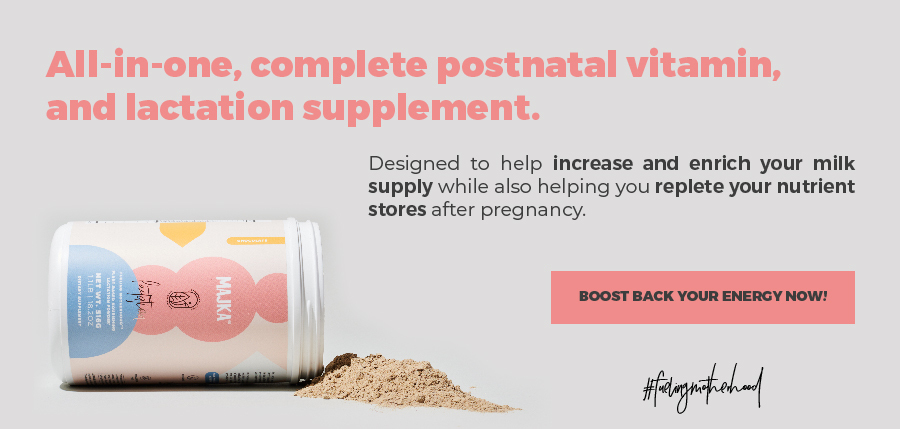
Gestational diabetes doesn’t happen to every woman. When it does happen it is most likely to do so in the second or third trimester of pregnancy; it can cause problems for you and your baby during pregnancy and after birth.
The good news is that the risks of it can be reduced if the condition is detected early and well managed, here we will talk about things that you can do for this!
What is gestational diabetes?
Gestational diabetes is a diabetes that develops during pregnancy characterized by high blood sugar (glucose) levels that develop while you are pregnant; this can be caused by hormonal changes during pregnancy that could interfere with your body´s ability to use insulin (the hormone that regulates your sugar levels) effectively.
What causes it?
First of all, keep in mind that each person is different and to never judge or blame yourself for any health problem; understanding some of the causes of gestational diabetes can help you to prevent some trouble, but having any condition isn’t a punishment.
Some factors that can make it more likely to develop gestational diabetes are: genetics, ethnic background (such as Hispanic, African-American, Native American, or Asian, which are in higher risk) age (over 40), being overweight, having polycystic ovary syndrome (PCOS)
Does gestational diabetes go away after pregnancy?
After giving birth, blood sugar levels usually return to normal!
However, it’s important to continue monitoring your blood sugar levels, to maintain a healthy lifestyle and to attend to your follow-up appointments with your doctor to evaluate long-term health and provide guidance for diabetes prevention.
How can I prevent it?
As we mentioned, it is important to keep in mind that some risk factor can`t be controlled such as genetics and age; even so there are some things that you can do to avoid and/or minimize the changes of developing gestational diabetes:
- Maintain a healthy diet: we understand that pregnancy can bring a lot of changes for your body, routine and emotions, but it’s always important to maintain yourself healthy with a well-balanced diet which includes limiting your intake of sugary foods/beverages and processed snacks.
Healthy carbohydrates (such as whole grains, legumes, and fruits) and fiber-rich foods can help regulate blood sugar levels.
- Maintain healthy weight: some moms get into the idea that while pregnant they are “eating for two” but it’s important to maintain a doctor recommended range during pregnancy to avoid any health problems. (consult your healthcare provider to know what is recommended for your specific case)
- Physical activity: if your doctor says so, it’s ok to aim for at least 30 minutes of moderate exercise most days of the week, with activities such as walking, swimming, prenatal yoga, or low-impact aerobics.
- Hydration: maintain a healthy hydration that doesn’t include sugary beverages.
- Genetic counseling: If you have a family history of diabetes or other risk factors, consider speaking with a genetic counselor. They can provide personalized information about your specific risks and guide you in making informed decisions about your prenatal care.
- Limit stress: you can manage your stress levels through relaxation techniques, such as deep breathing exercises, meditation, or prenatal yoga. Finding healthy coping mechanisms is important since stress levels can affect blood sugar levels.
- Regular prenatal care: don’t forget to attend to your regular prenatal check-ups to monitor your health and the progress of your pregnancy. Your healthcare provider will perform necessary tests and screenings to identify any potential risks or complications early on.
How is gestational diabetes treated
If you have gestational diabetes, it’s important to talk to your healthcare provider to know what specific treatment you will need, but here we share with you some of the common ways of treating gestational diabetes so you can be more informed:
- Diet: a registered dietitian can provide guidance on meal planning, portion control, and carbohydrate distribution throughout the day to help maintain stable blood sugar levels. This may involve consuming smaller, more frequent meals and incorporating lean proteins, complex carbohydrates, and fiber-rich foods.
- Physical activity: regular physical activity may be recommended to you to help regulate your blood sugar levels.
- Regular blood sugar monitoring: your healthcare provider may recommend you to use a glucose meter to check fasting and post-meal blood sugar levels to help track the effectiveness of your diet and inform any necessary adjustment.
- Insulin therapy: in this therapy, you will get insulin injected to help control just blood sugar levels if your blood sugar levels remain high despite dietary modifications and exercise (your healthcare provider will determine the appropriate dosage for you and will teach you on how and when to do it).
- Scheduled delivery: depending on the severity of gestational diabetes, your doctor may recommend the delivery to be before the due date. This decision is made based on several factors, including blood sugar control, fetal well-being, and any other complications that may arise; but don’t worry, all these decisions are made to take care of you and your baby.
The great news here is that with proper management, the majority of women with gestational diabetes deliver healthy babies and go on to have normal blood sugar levels after childbirth.
If you are experiencing gestational diabetes, just make sure to to closely follow your healthcare provider’s recommendations, attend regular prenatal appointments, and communicate any concerns or changes in your condition.
In Breastfeeding 101, we hope this information has helped you to learn about gestational diabetes. We love to have you here and always invite you to follow all of our content regarding this and other health topics.
If you want to learn more about gestational diabetes, here are some of the sources that made this article possible:
- Gestational diabetes I stat pearls
- Gestational diabetes I BHR Hospital
- Gestational Diabetes and Pregnancy I CDC
- Gestational diabetes causes, diagnosis & treatment I Cleveland Clinic
- Gestational diabetes diagnosis and treatment I Mayo Clinic
- Gestational diabetes Overview I NHS
- Gestational diabetes treatment I NHS
- Healthy Eating and Gestational Diabetes I NHS
- Managing & Treating Gestational Diabetes I National Institute of Diabetes and Digestive and Kidney Disease
- The Pathophysiology of Gestational Diabetes Mellitus I National Library of Medicine
- Women’s experiences of a diagnosis of gestational diabetes mellitus: a systematic review I BMC
Annie Rueb





